by Dan Levy (August 7, 2020)
As educators prepare for teaching courses online this fall, some of us will face adjusted schedules that provide less live class time than we used to have when teaching students in person. Furthermore, many instructors have found they can engage with less material in a live online session than they can in an equally long live in-person session.
All of this implies that we will have to make some hard decisions about what material to keep in our live sessions (synchronously), what material to ask students to engage with on their own time (asynchronously), and what material to simply cut out.
To help steer your thinking, here are two key questions to ask yourself.
- How should I split my content into synchronous and asynchronous material?
- How can I leverage asynchronous learning to help me conduct better synchronous sessions?
Find the Right Split Between Synchronous and Asynchronous Materials
The answer to the first question depends on what you think is the comparative advantage of a live class session over activities your students can do asynchronously. In other words, for what learning activities does being together make a difference? This will vary based on your learning goals, the material you teach, and your style of teaching.
Here’s what I think are reasonably general principles.
Synchronous learning is better when you think it is important to have the following:
- Exchanges of perspectives among your students.
- Students learning from each other.
- Interactions in which you’re playing the role of facilitator or mediator.
- Opportunities to build community.
Asynchronous learning is better when you think it is important to have the following:
- Students developing a common foundation before class (especially of basic ideas or concepts).
- An assessment of your students’ perspectives or background on the subject, as this will affect how live classes would be conducted.
- Students being able to engage with the material at their own pace. This is especially useful if prior knowledge of the material varies a lot across students.
- Students spending a substantial amount of time pondering and reflecting.
Use Asynchronous Learning to Conduct Better Synchronous Sessions
To answer the second question, it’s helpful to design asynchronous material in a way that allows you to collect information about your students that you can then use to conduct better synchronous sessions. This mixing of asynchronous and synchronous components is sometimes referred to as a blended learning approach, the three key steps of which I have summarized below.
Some instructors either skip or don’t leverage step two to its fullest benefit. Here are some ideas of information you can gather through a survey or quiz (in step one) and then review (in step two) before class, so that you can use it to make your live classes more engaging (in step three).
| INFORMATION ABOUT YOUR STUDENTS YOU CAN COLLECT | HOW YOU CAN USE THIS INFORMATION |
|---|---|
| What percentage of them engaged in the asynchronous work. | Just because you asked them to do it does not mean they did it. This information can prompt you to remind your students of the work you expect them to do. |
| What parts of the material they have or have not mastered. | This can help you determine how you should allocate your time during class—by spending less time on the material they have already mastered, for example. |
| What mental models and misconceptions are they bringing to class. | Engaging directly with their mental models and misconceptions will help you deepen their learning. One way to do this is by asking multiple-choice questions where each of the incorrect answers maps to a different misconception about the material, and then seeing what fraction of your students chose each of those answers. |
| What choices they made on questions for which there is no right answer. | Knowing how they answered these questions might help you decide how to allocate time in your live session or preview which students you want to call on during the live session. |
| What personal or professional experience they have that is relevant to the material. | By identifying which students have relevant backgrounds, you can bring their voices to the class at appropriate moments. |
| How they are applying the material to their lives. | You can use the examples they provide to meet students where they are, and help connect the material with things they are interested in. |
The full article includes the Laundry Test, common FAQs on blended learning, and more examples.
Be sure to check it out!
